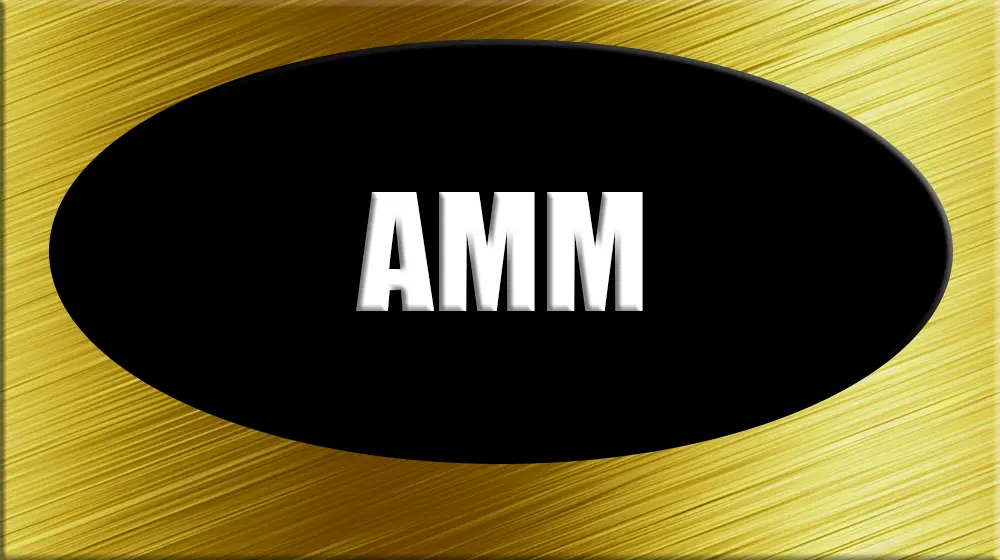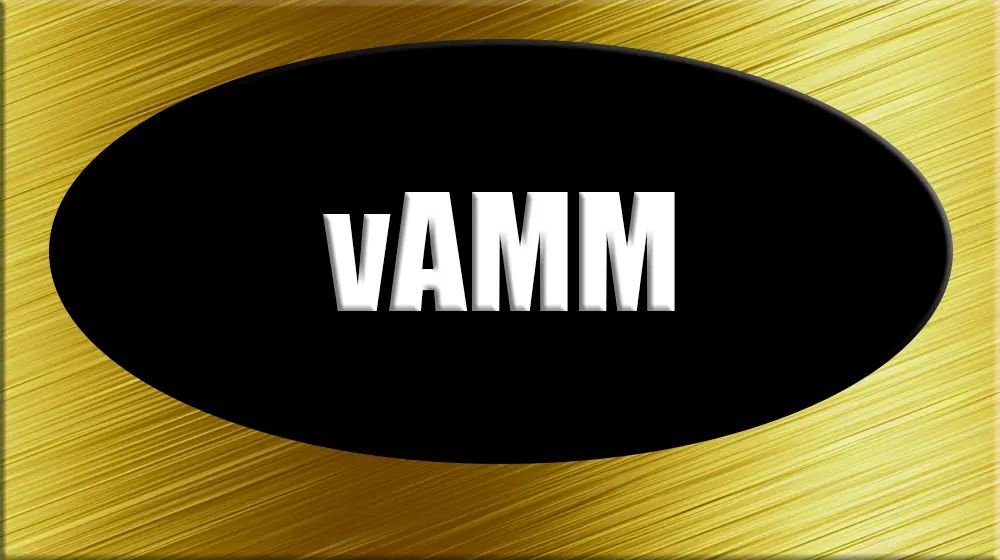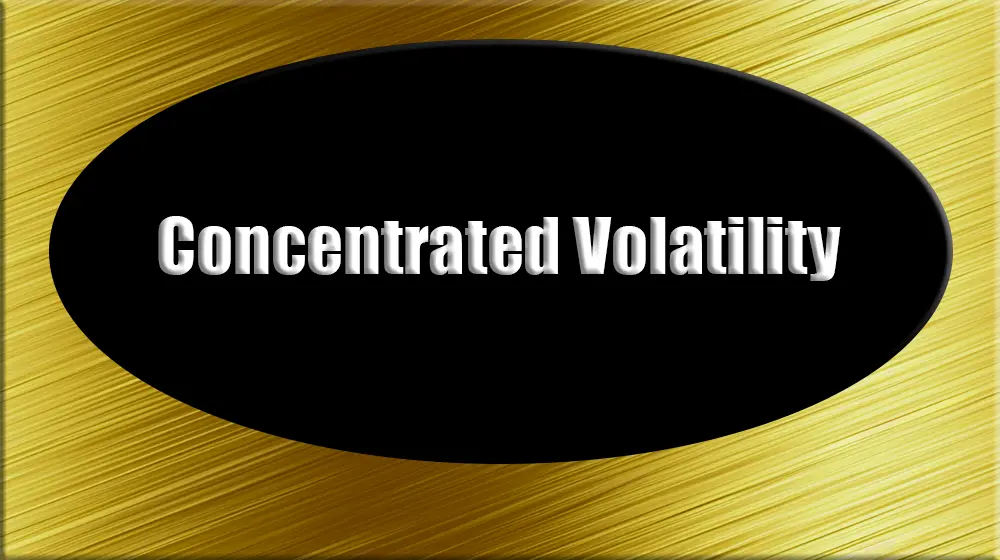Automated Market Makers (AMMs) represent a revolutionary concept within decentralized finance (DeFi), offering an innovative solution for liquidity provision and trading on blockchain-based decentralized exchanges (DEXs). At their core, AMMs are algorithms designed to facilitate the exchange of digital assets without the need for traditional order books or centralized intermediaries. Instead, liquidity is provided by users who contribute their assets to liquidity pools, which are then used to automatically execute trades based on predetermined mathematical formulas.
One of the defining features of AMMs is their use of constant product or constant sum formulas, such as the popular Automated Market Maker (AMM) model pioneered by Uniswap. In this model, the product of the quantities of two assets in a liquidity pool remains constant, ensuring that trades occur at a dynamically-adjusted price determined by the ratio of assets in the pool.
AMMs have democratized access to liquidity provision and trading, enabling anyone with digital assets to participate in decentralized markets and earn fees by providing liquidity to pools. This decentralized approach has led to the proliferation of a vibrant ecosystem of DeFi protocols and applications, offering a wide range of financial services, including lending, borrowing, yield farming, and more, all powered by AMMs.
While AMMs offer numerous benefits, including increased liquidity, accessibility, and censorship resistance, they also present challenges and risks. Impermanent loss, slippage, and the potential for manipulation are among the key concerns associated with AMMs, highlighting the importance of risk management and due diligence for users.
Despite these challenges, AMMs have emerged as a cornerstone of DeFi, driving innovation and liquidity in decentralized markets. As the DeFi ecosystem continues to evolve and mature, AMMs are expected to play an increasingly prominent role in reshaping the landscape of global finance, offering new opportunities for financial inclusion, efficiency, and innovation.




